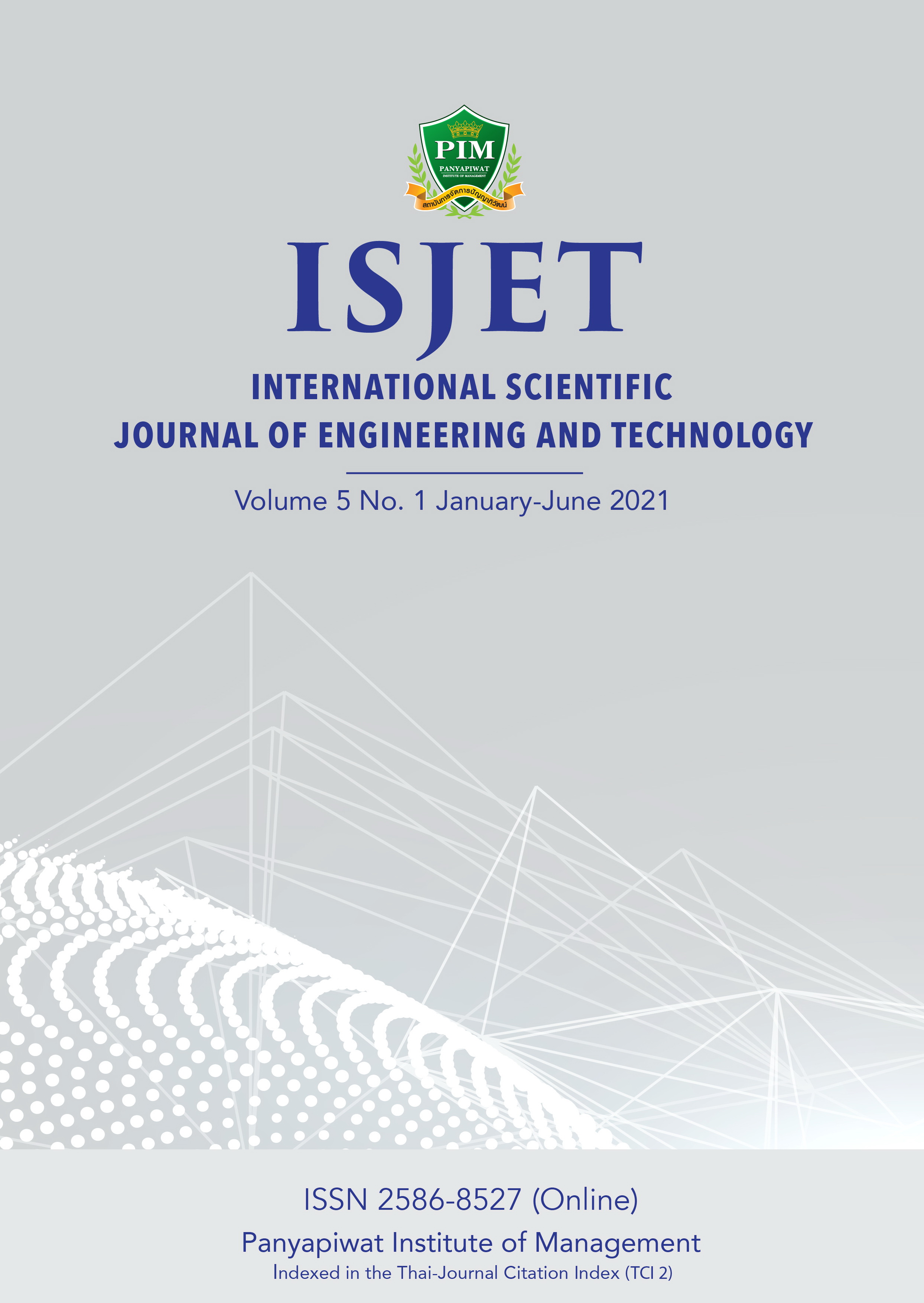Experiences of Using Opensource Transport and Traffic Simulation Software for Transport and Traffic Studies in Thailand
Main Article Content
Abstract
Abstract—This article summarizes the experiences of using open-source transport and traffic simulation software for transport policy and planning works in Thailand. The first software is the TRANUS, which is the Land Use Transport Integration (LUTI) software. The other software is SUMO (Simulation of Urban Mobility), which is the traffic simulation software. The reviews are general software features, input data requirements, and potential outputs. The paper also discusses the example of project implementations, which uses TRANUS and SUMO for evaluating the impacts of the metro line services around the activity center area. Experiences show that, even though there is a learning curve for both software, it's free of costs, diverge user communities, and prompt software features, are representing that open-source transportation software platforms could be an alternative for future transport policy and planning work in Thailand.
Article Details
เนื้อหาข้อมูล
References
K. Assavavipapan and S. Opasanon, “Thailand transportation infrastructure performance and the economics: M ieasurement and relationship,” Asia Pacific Journal of Marketing and Logistics, vol. 28, no. 5, pp. 923-938, Jan. 2016.
Citilabs. (2020, July 10). Transportation & Land-Use Modeling. [Online]. Available: https://www.bentley.com/
en/products/brands/cube
PTV. (2020, July. 20). PTV Visum Leading Traffic Planning Software Designed for Transport Planner to Empower Cities. [Online]. https://www.ptvgroup.com/en/solutions/products/
ptv-visum/
F. L. Feud, B. Morton, E. Prados, and P. Sturm, “An operational application of a LUTI model: scenarization
process, implementation and results of a Tranus-based simulation model for the Urban Region of Grenoble,”
Transportation Research Procedia, vol. 41, pp. 178-180, Jan. 2019.
J. Zhou, J. Lin, S. Cui, and Q. Zhao, “Exploring the relationship between urban transportation energy
consumption and transition of settlement morphology: A case study on Xiamen Island, China,” Habitat International, vol. 37, pp. 70-79, Jan. 2013.
S. Zhong, S. Wang, Y. Jiang et. al., “Distinguishing the land use effects of road pricing based on the urban form attributes,” Transportation Research Part A: Policy and Practice, vol. 74, pp. 44-58, Apr. 2015.
T. de la Barra, (2020, July, 8), Modelestica Accessed. (2020, July 8). Tranus Integrated Land Use and transport Modeling System. TRANUS User Guide. [Online]. Available: http://
modelistica.com.mx/files/TRANUS%20User%20Guide.pdf
M. Behrisch, L. Bieker, J. Erdmann et al., “SUMO–Simulation of Urban Mobility,” in Proc. SIMUL, 2011, pp.
-60.
W. Niebel, M. Bonert, E. Brockfeld, and D. Krajzewicz, “Traffic Survillance and Forecast for Large-Scale Events: Monitoring and Simulating the World Youth Day 2005 and the Soccer World Cup 2006,” in Proc. 6th Conference of European Students of Traffic and Transportation Sciences, 2008, pp. 64-66.
O. Robert, E. Jakob, M. Anja, and W. Peter. (2020, July 20). VITAL - Vehicle-Actuated Intelligent Traffic Signal Control [Online]. Available: https://www.dlr.de/ts/en/desktopdefault. aspx/tabid-10704/20365_read-42579/
G. Boo, E. Darin, D. R. Thomson et al., “A grid-based sample design framework for household surveys,” Gates Open Res, vol. 4, pp. 13-14, Jan. 2020.


